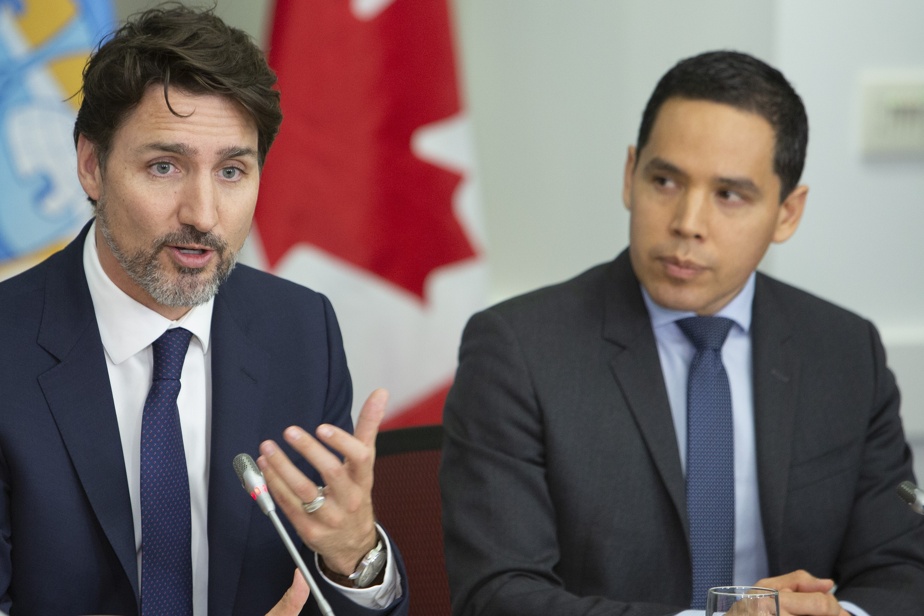The COVID-19 pandemic has slowed efforts to eliminate TB among Inuit, so disease eradication goals may not be met on schedule.
Five years ago, Ottawa and Inuit Tapiriit Kanatami announced a plan to halve the rate of active tuberculosis among Inuit by 2025, and eliminate the disease by 2030.
Inuit Nunangat, the territory inhabited by the Inuit, includes more than 50 communities in Nunavut, the Northwest Territories, Quebec and Labrador.
Between 2019 and 2020, the rate of tuberculosis fell among Inuit, from 188.7 to 72.2 cases per 100,000. However, health officials said this apparent improvement was partly due to the lower number of screening tests.
Indigenous Services Canada says in 2021 the rate is back up to 135.1.
Quebec’s Nunavik National Board of Health and Social Services says testing has resumed in communities across the region. She says she is working to improve her services, including hiring local health officials. Since January, a vaccine protecting young children from tuberculosis-related complications has been available in all Nunavik communities.
Nunavut is also regaining lost ground, according to Health Minister John Main. But whether the 2025 and 2030 targets will be met, “that is the question.”
“Right now, I can’t say for sure, but that’s certainly not going to stop us from doing all we can,” he explains.
While the risk of contracting tuberculosis is low in Canada, it was 300 times greater among Inuit than among non-Indigenous people between 2015 and 2019, according to Indigenous Services Canada.
Difficulties in obtaining health services, poverty, food insecurity and overcrowded housing with poor ventilation are among the factors contributing to this disproportionate rate. Minister Main cites the lack of health personnel and infrastructure.
The last federal budget provided $16.2 million over three years to fight tuberculosis in Inuit communities. According to the Inuit Tapiriit Kanatami, this only covers a quarter of the needs.
“This modest investment in Inuit health falls short of our shared commitment with the Government of Canada to eliminate TB in Inuit Nunangat by 2030…but we remain optimistic that future federal budgets provide the necessary funds to honor this commitment,” the organization’s president, Natan Obed, said in a statement.
A study published in the scientific journal Infectious Disease Modeling in December suggested that with the measures deployed so far, the 2025 and 2030 targets are both unattainable.
The study identified factors such as delays in disease detection, limited access to diagnosis, lack of resources for follow-up of contacts by epidemiological investigation and difficulties in obtaining treatment quickly.
Indigenous Services Minister Patty Hajdu said the budget approach is “gradual, but also substantial” and is accompanied by other investments such as transfers to provinces and territories.

